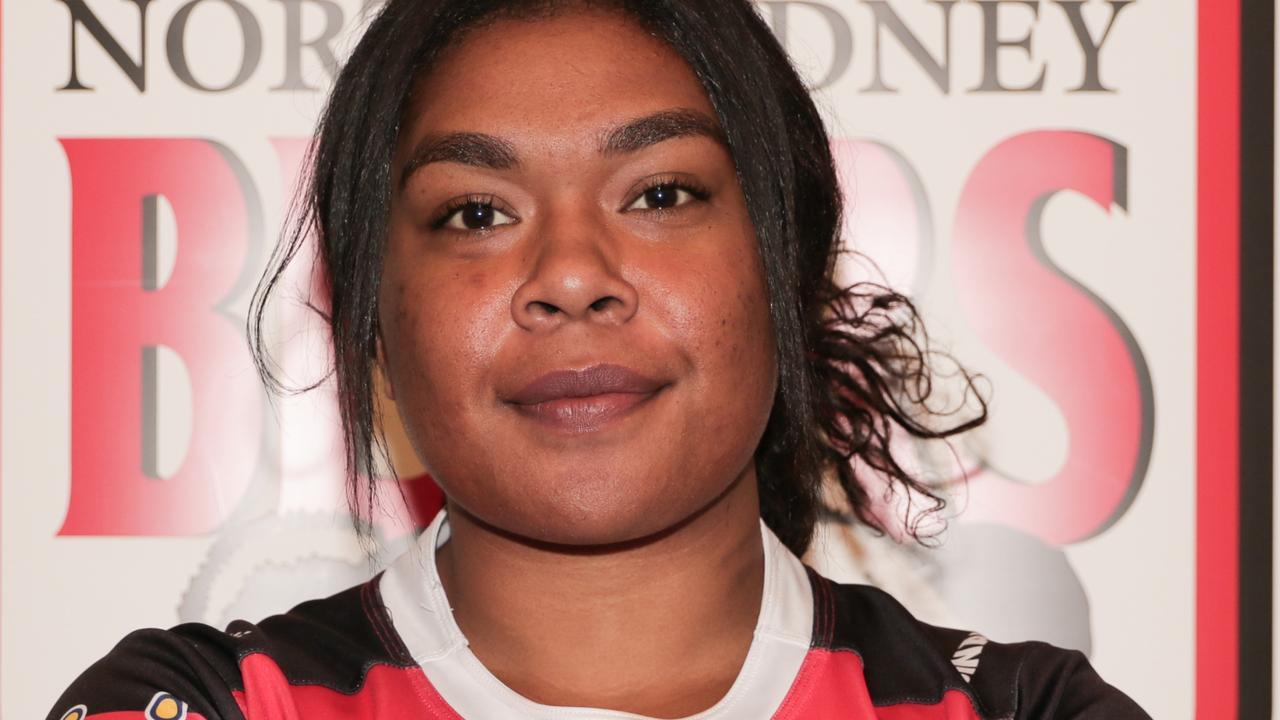NRLW pay debate: Phil Rothfield throws his support behind women’s parity in rugby league
The notion of pay parity is misunderstood. Rugby league has been playing catch-up in the women’s game for too long. There is one major problem - and it’s backwards views.

NRLW
Don't miss out on the headlines from NRLW. Followed categories will be added to My News.
Rugby league has been playing catch-up football with female participation and having a women’s elite competition for too long.
Other major sports like soccer, cricket and AFL got the jump and had the vision and foresight to understand the skill, ability and appeal of women in elite sports.
Like any start-up business you need to invest in it to grow.
Play Australia’s best fantasy cricket game – KFC SuperCoach BBL. Sign up now at supercoach.com.au

Not many of the rugby league women are full-time. They give up work for months every year to play the sport they love.
And just when rugby league is beginning to make inroads, we’re now confronted with a row started by an ignorant sports radio announcer about their value and their pay packets.
A couple of points need to be made here.
The 2020 NRLW grand final was the most watched domestic women’s sporting event in the country for the year with 710,000 viewers – that was up 14 per cent on the 2019 grand final.
The 2021 Women’s Origin drew 618,000 viewers – up 12.7 per cent on the previous year.
The growth is extraordinary. There are now more than 33,000 registered female participants. That’s three times more than there was in 2015.

There are more than 1500 registered female coaches and more than 550 registered female referees.
The NRLW competition has grown from four to six teams – the Broncos, Roosters, Dragons, Knights, Titans and Eels.
NRL chief executive Andrew Abdo wants to add another two teams.
However, participation needs to keep growing. There needs to be incentives for young women to join the pathways to the elite competition.
Australia’s female cricket average $100,000-a-year in their state and national contracts. Higher-profile players like Elysse Perry earn up towards $1 million annually.
A TV audience of 4.66 million tuned into the WBBL tournament last season, at an average of 137,000 per televised match. This comes from a long-term investment in the game.

Elite soccer players like Sam Kerr and others in the Matildas can get up to $1 million annually.
Soccer now has more than two million national participants. Of those numbers, 22 per cent are females. That’s about 440,000 women playing the game.
Rugby league has such a long way to go.
The NRL, the clubs and the state leagues have to keep investing.
And that should start by paying the elite players what they deserve.
In 10 years time the NRLW should be a 16-team televised competition.
More Coverage
Originally published as NRLW pay debate: Phil Rothfield throws his support behind women’s parity in rugby league



